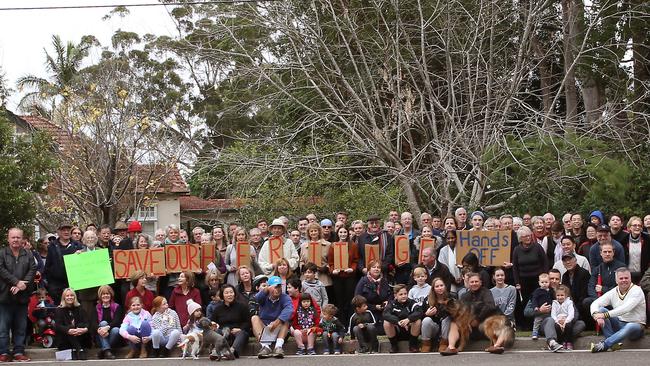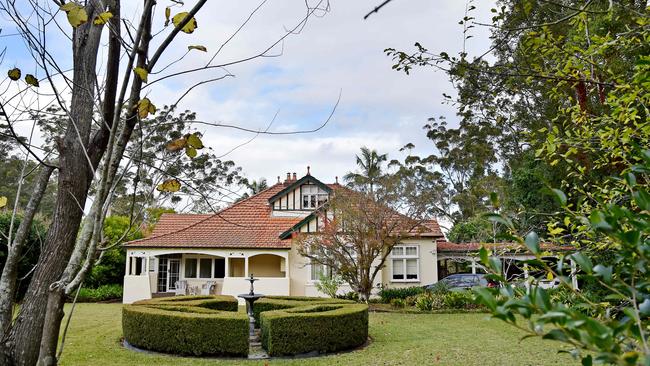Court approves demolition of historic Pymble home for retirement village
A community campaign to stop a century-old Pymble home from being turned into a retirement village has been lost following a legal challenge.

North Shore
Don't miss out on the headlines from North Shore. Followed categories will be added to My News.
A community campaign to stop a historic Pymble home from being turned into a retirement village has been lost after a legal challenge was launched by developers.
The Land and Environment Court has approved the demolition of the 107-year-old house at 149 Livingstone Ave to make way for the construction of 18 seniors housing villas.
The proposal, also taking in 151 and 153 Livingstone Ave, was lodged by Goldfields Central in a move the company said would meet demand for seniors housing in the local area.

But the plans sparked a petition by more than 100 residents amid concerns over the scale of the development within the low-density area.
Ku-ring-gai Council raised similar objections, arguing the “visual bulk of the development was excessive” and “inconsistent with the character of the locality”.
The council requested the Office of Environment and Heritage (OEH) place an interim heritage order on the property to recognise its Federation architecture.
The request was granted however a review by the Department of Planning later determined the “merit of listing the house as a heritage item had not been sufficiently justified”.
Goldfields Central meanwhile appealed the council’s decision in the Land and Environment Court.
Court commissioner Susan O’Neill, in her ruling, said the proposal was justified under State Government planning laws encouraging new housing for seniors and people with a disability
“I am satisfied the development is compatible with the existing character and desired future character of the locality,” she added.
The court approved the plans on 122 conditions including the completion of a construction traffic management plan to be submitted to the council.
A council spokeswoman said the home demonstrated the historical development of Pymble from the larger family land holdings of the 1880s through to the re-subdivision after World War One.
“The sale of these lands resulted in the modern subdivision patterns evident in Pymble today,” the spokeswoman said.
